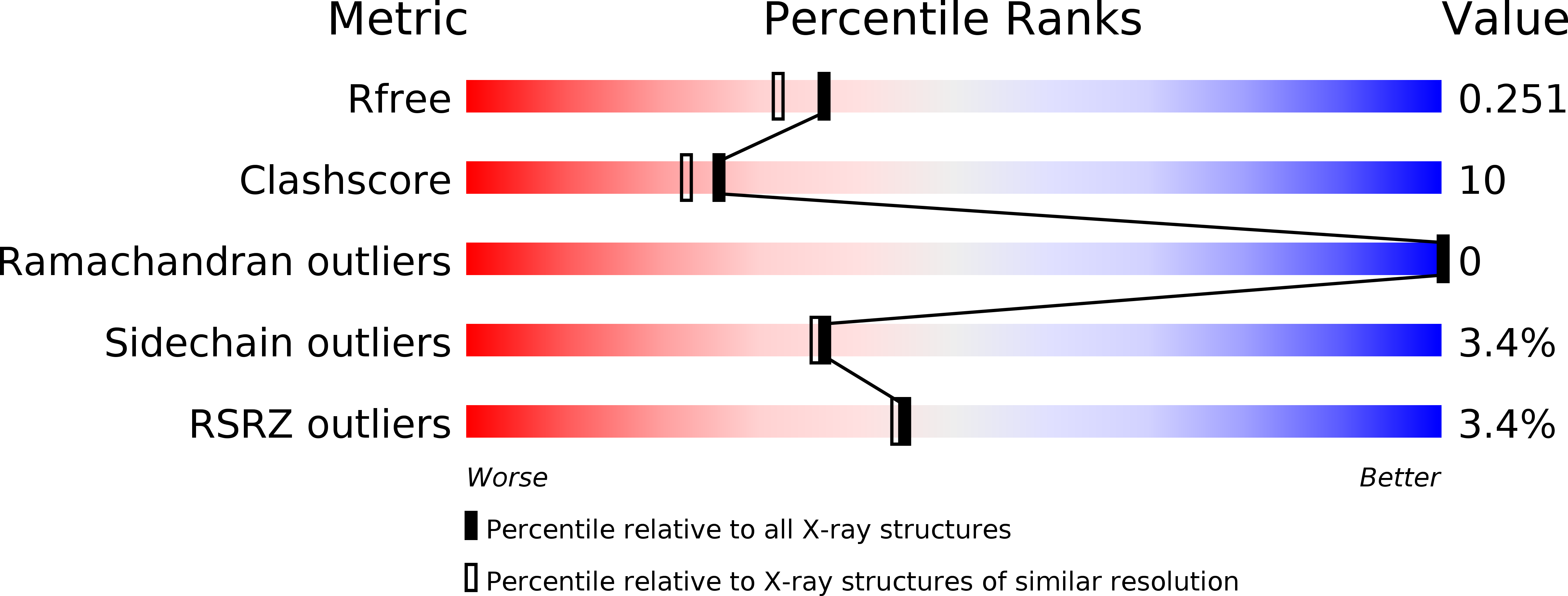
Deposition Date
2013-09-19
Release Date
2013-11-20
Last Version Date
2024-10-16
Entry Detail
PDB ID:
4C78
Keywords:
Title:
Complex of human Sirt3 with Bromo-Resveratrol and ACS2 peptide
Biological Source:
Source Organism:
HOMO SAPIENS (Taxon ID: 9606)
Host Organism:
Method Details:
Experimental Method:
Resolution:
2.00 Å
R-Value Free:
0.24
R-Value Work:
0.19
R-Value Observed:
0.19
Space Group:
P 2 21 21


